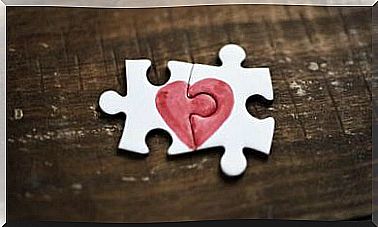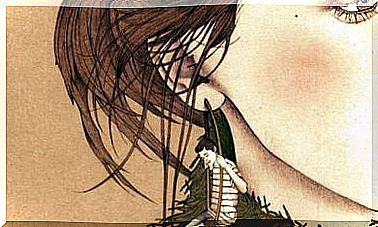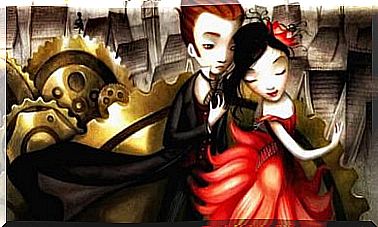5 Signs Of Covert Aggression

In terms of aggression, two types stand out: open and covert. In the first case (overt aggressiveness), the aggressive behavior takes place in a direct and palpable way: it is evident in full light.
In the second case (covert aggression), the aggressive behavior takes place in a more subtle, hidden or, in other words, camouflaged and deceitful way; that is, it implies a high degree of manipulation.
The essential difference between one and the other is in how the true intentions of the person causing the aggressive act are manifested. Below we show five signs that allow you to identify covert aggression.
Covert Aggression Clues
1. The lie: when the truth “doesn’t wear well”
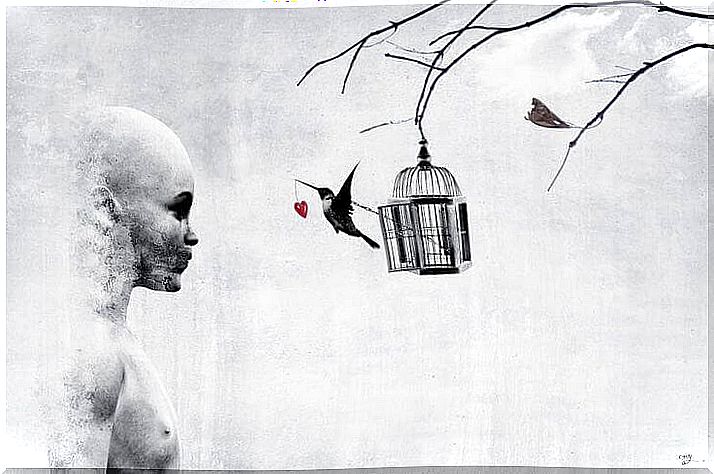
It is perhaps the most evident form of covert aggression, the most common form of raping another person, because it misrepresents, to a greater or lesser degree, some truth that concerns you.
If the person hides something from someone, whether speaking or being silent, it is perhaps because of fear or the desire of not wanting to face a reality. This is without the permission or consent of the other person, so that he is being attacked, severely or lightly, depending on the extent of the lie.
When the truth is known, it usually leads to a conflict, with which it is discovered that there was actually an aggression. If this were not so, there would be no room for misunderstandings.
There are situations in which the truth is greater than ourselves and ends up beating us. This is a vicious circle that governs an infinite number of social relationships and, little by little, it deteriorates, even to the point of destroying them.
2. Guilt: being a “victim” of oneself
It occurs when we put ourselves in the role of “victim” in any conflict situation. We feel or want to feel that we are the object of an “injustice”, which originates in the other person or group of people involved in the dispute.
It is a typical way of escaping our responsibility, since when we place ourselves in a context of vulnerability and helplessness, the only way we see as possible to “win” the dispute is to introduce the feeling of guilt; a guilt that ends up being more blunt than the deeds themselves.
The motto or script is: by showing me, consciously or unconsciously, as “sacrificed” to circumstances, other people will feel compassion for me and will satisfy even the most foolish desires.
Paradoxically, the weakest becomes the strongest: it makes itself stronger in its weakness than the strong in its strength. Making the other feel guilty evidently “works”, and is a covert way of harming others, since they are being manipulated.
3. Shame: use power to minimize others

It occurs when we minimize someone’s human sphere or condition, perhaps in order to feel more than the other person or to ridicule the other person, hiding the possible rejection or resentment that one feels for them. It is a superb power exercised over a weakness, error or deficiency.
Whenever we embarrass the other person, we go over that person, aggressively and even crushingly. This is because of the need to feel better than others, or because of rejecting the other person. Even, in several situations, for both reasons.
For example, when ridiculing someone in public, making fun of that person, it may even seem like a simple joke, but perhaps the real background of things can be much bigger : the real intention may be to step over that person to attack him substantially.
4. Seduce: the falsehood of “playing” with your own ego and the ego of others
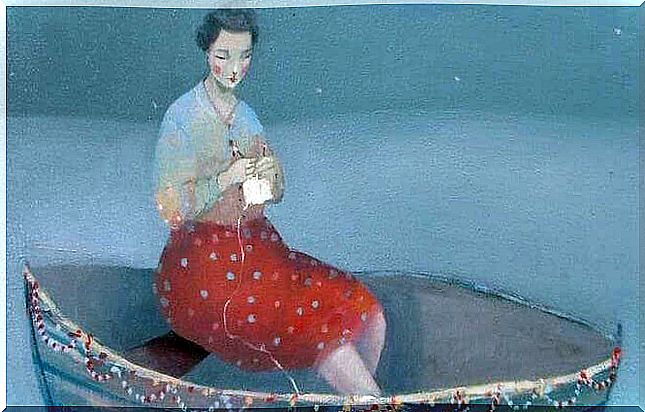
It’s when we flatter or impress other people to achieve our goals: we use any weakness, usually related to an individual’s ego, to achieve any kind of purpose.
Aggression is not in the occasional “beautiful” details that we may have with someone, but in “playing” with another person’s feelings to disguise a certain situation, with the objective of achieving an obscure or selfish end.
It is entering into the “ambivalence” of the self and the other’s ego, since I am most likely starting from a lie that the other person believes; or even, I start from a supposed truth that the other superdimensions.
Without a doubt, an absurd “game” that will not prosper and in which everyone involved will lose. Obviously covert aggression comes, again, from intention, manipulation and, consequently, from using people as if they were objects or means to achieve any purpose.
5. Absence: when I am, I am not
In the latter case, although the person is physically, mentally, cognitively or emotionally present, they seem to be far from the conflict situation, in an evident behavior of ” nothing matters to me “, that is, “you can leave with your opinions or complaints to another place”.
This behavior is reflected, among other attitudes, in silence, in looking the other way and not at the person directly, in the discomfort of listening and paying attention to what they are saying, or simply in dealing with the subject of controversy with very short sentences, that say little and contain no arguments.
Finally, in this scenario of covert aggressions, it is worth saying that the conduct of a “good manipulator” will never be obvious. Who handles hide something, and probably need something that can not or do not want to get on their own.

Images courtesy of Jennifer Healy.
